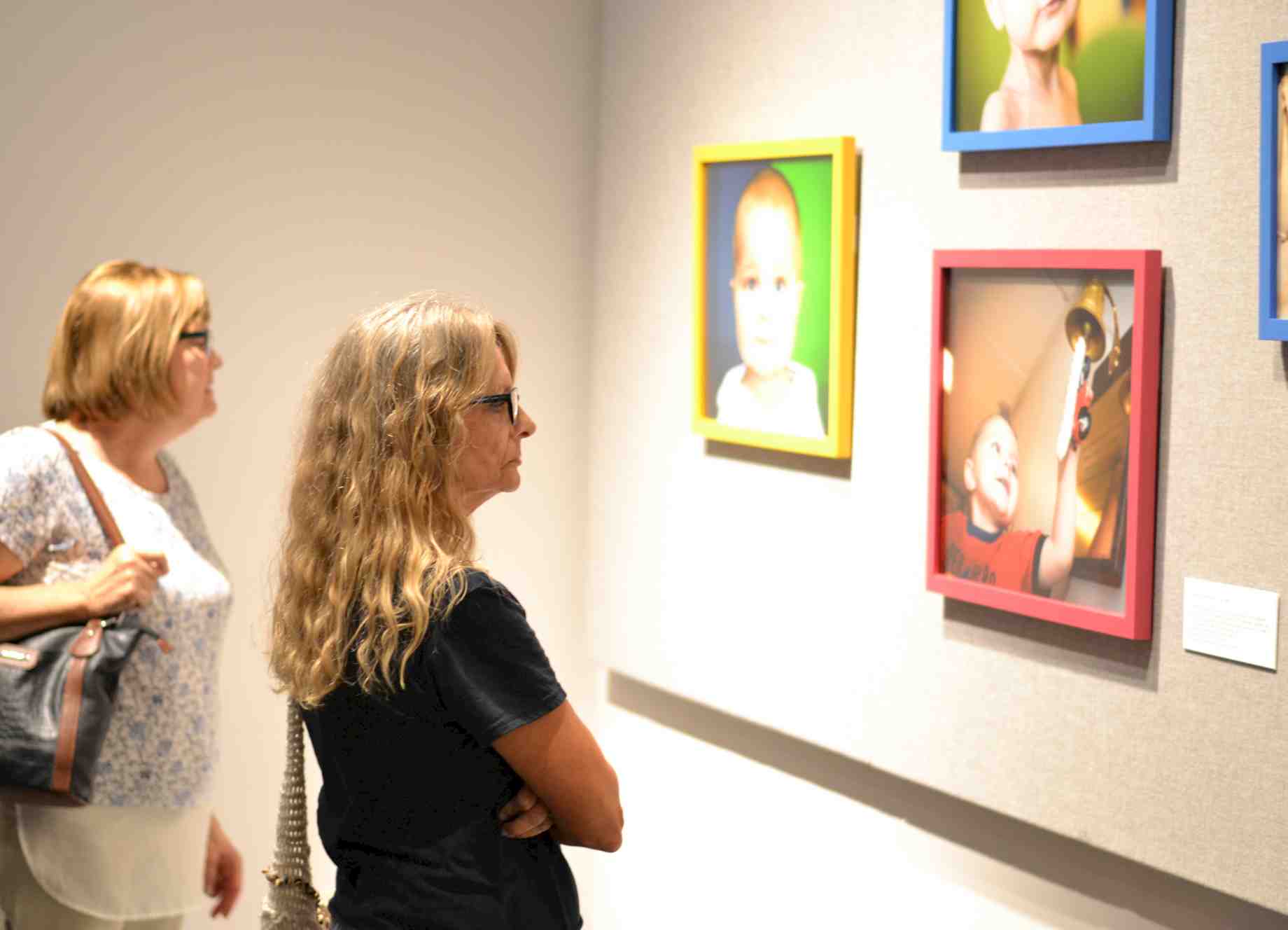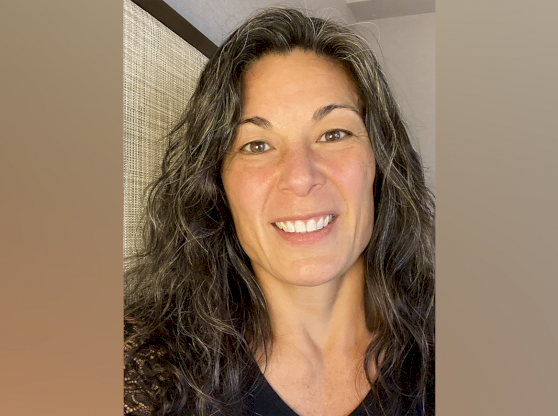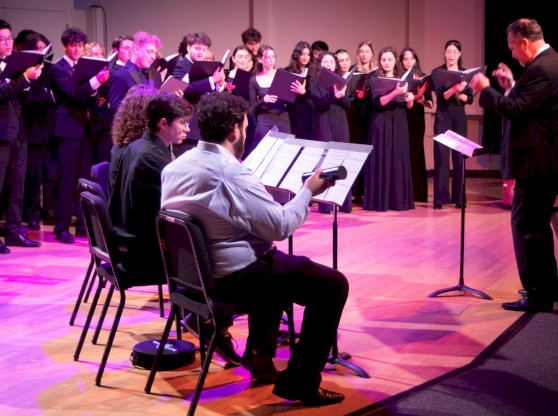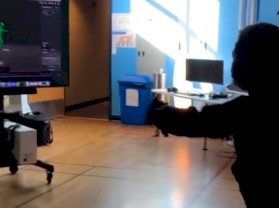Brightly colored cranes are in flight at the Harn of Museum of Art.
As part of the new “Shared Hope” exhibition, the origami birds made of intricately designed paper hang from the ceiling of the museum’s auditorium while dozens of photographs adorn the walls.
“Shared Hope” is an exhibition of three distinct expressive practices that exemplifies the power of art to raise the human spirit as a response to illness, aging and death.
The origami cranes, created by Kathy Liu, accompany photographs by Stacey Steinberg and Joyce Pearson.
Liu, Steinberg and Pearson shared their remarkable projects in a panel discussion at the Harn Museum on July 16.
Liu is the founder of Joey’s Wings Foundation, a non-profit charity created in memory of her son whose life was taken by pediatric kidney cancer.
The project has created thousands of origami cranes in efforts to raise money for cutting edge research that focuses on kidney cancers affecting children and young adults.
Joey’s Wings displayed 2,000 cranes in UF Health Shands Children’s Hospital to honor 2,000 children whose lives are taken by cancer each year in the United States, according to the foundation’s website.
On one wall of the auditorium, colorfully framed photographs display children that have undergone traumatic injuries or pediatric cancer.
Steinberg, a legal skills professor at the University of Florida’s Levin College of Law, started her project Shared Hope, for which the exhibition is named after, in 2012.
Though many families would love to have their children photographed, it becomes a low priority due to their child’s unfortunate condition, Steinberg said.
Some of the families she has photographed were in attendance at the panel discussion.
On the other side of the auditorium, Pearson’s black-and-white, close-up photographs display the hands of hospice patients and their families.
Pearson created the Hands Legacy project in 2009 in upstate New York to provide a lasting remembrance to those who facing an imminent loss of a family member in hospice care.
Her technique is simple, she said. Pearson brings her tripod and a black drape into the hospice patient’s room and snaps pictures of families holding the hands of their loved ones.
She said she is often asked why she chose to photograph hands.
“Hands have so many positive associations in our lives,” Pearson said. “In the time where a person may have suffered a lot in their illness, the family is not eager to capture that image, but all the positives that they have around the hands are something that they are excited about saving and savoring.”
Pearson has provided photography sessions for 175 families. She delivers the complimentary images electronically to the families.
When she started the project, Pearson was worried about what the experience would be like for families. She wondered if all her equipment or even the click of her camera would upset the quiet and sensitive environment.
But she found that the experience was soothing.
“It resonates with the family in a very deep way and the session itself is a positive experience for them,” Pearson said.




